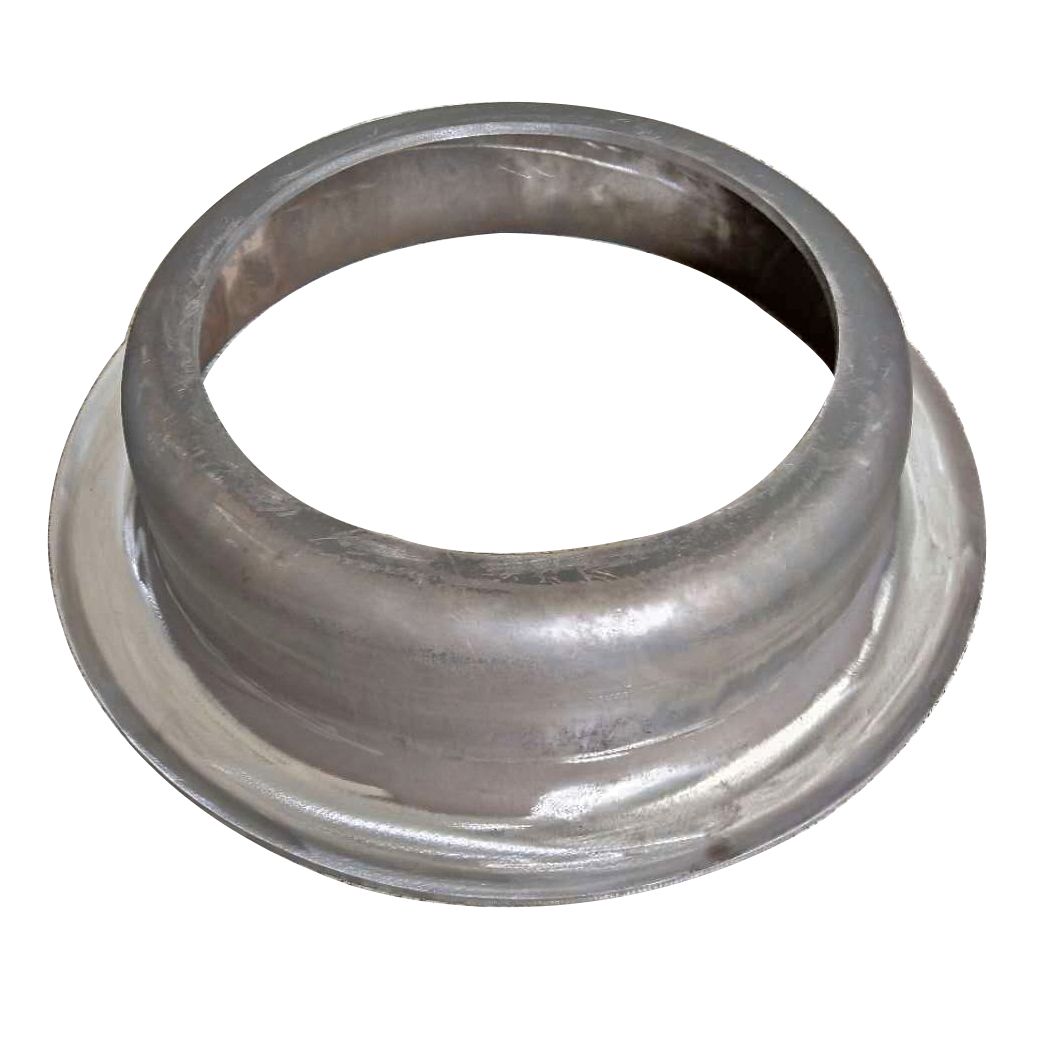- Afrikaans
- Albanian
- Amharic
- Arabic
- Armenian
- Azerbaijani
- Basque
- Belarusian
- Bengali
- Bosnian
- Bulgarian
- Catalan
- Cebuano
- China
- China (Taiwan)
- Corsican
- Croatian
- Czech
- Danish
- Dutch
- English
- Esperanto
- Estonian
- Finnish
- French
- Frisian
- Galician
- Georgian
- German
- Greek
- Gujarati
- Haitian Creole
- hausa
- hawaiian
- Hebrew
- Hindi
- Miao
- Hungarian
- Icelandic
- igbo
- Indonesian
- irish
- Italian
- Japanese
- Javanese
- Kannada
- kazakh
- Khmer
- Rwandese
- Korean
- Kurdish
- Kyrgyz
- Lao
- Latin
- Latvian
- Lithuanian
- Luxembourgish
- Macedonian
- Malgashi
- Malay
- Malayalam
- Maltese
- Maori
- Marathi
- Mongolian
- Myanmar
- Nepali
- Norwegian
- Norwegian
- Occitan
- Pashto
- Persian
- Polish
- Portuguese
- Punjabi
- Romanian
- Russian
- Samoan
- Scottish Gaelic
- Serbian
- Sesotho
- Shona
- Sindhi
- Sinhala
- Slovak
- Slovenian
- Somali
- Spanish
- Sundanese
- Swahili
- Swedish
- Tagalog
- Tajik
- Tamil
- Tatar
- Telugu
- Thai
- Turkish
- Turkmen
- Ukrainian
- Urdu
- Uighur
- Uzbek
- Vietnamese
- Welsh
- Bantu
- Yiddish
- Yoruba
- Zulu
Jul . 27, 2024 21:14 Back to list
Design and Analysis of Tube-in-Tube Heat Exchanger for Enhanced Thermal Efficiency and Performance
Tube-in-Tube Heat Exchangers Efficiency and Versatility
In the realm of heat transfer technologies, tube-in-tube heat exchangers have emerged as a prominent solution for various industrial applications. These devices effectively manage the transfer of thermal energy between two fluids, capitalizing on their distinct structures and operational advantages. This article delves into their design, working principles, applications, and benefits.
A tube-in-tube heat exchanger consists of two concentric tubes. The inner tube carries one fluid, while the outer tube carries another. This configuration allows for a large surface area for heat exchange while minimizing the fluid mixing, thus enhancing efficiency. The design can be tailored for either counterflow or parallel flow operations, where the fluids’ directions significantly impact the heat transfer efficiency.
Tube-in-Tube Heat Exchangers Efficiency and Versatility
In terms of thermal performance, tube-in-tube heat exchangers exhibit high heat transfer coefficients due to the turbulent flow induced by the inner tube’s geometrical design. The counterflow arrangement can enhance efficiency even further, as the fluids exit at temperatures closer to one another. This principle of maximizing the temperature gradient between the two fluids leads to improved heat transfer and, consequently, energy savings.
tube in tube exchanger

These heat exchangers find utility in numerous industries, including food and beverage, chemical processing, pharmaceuticals, and HVAC systems. In the food and beverage sector, tube-in-tube heat exchangers are employed for pasteurization processes that require precise temperature control, ensuring product safety without compromising quality. In the chemical industry, they are used for reactions where heat needs to be removed or added quickly to maintain optimal reaction conditions.
The versatility of the tube-in-tube design allows it to accommodate a variety of applications, including cooling, heating, condensing, and evaporating. For instance, in district heating applications, these exchangers can efficiently transfer heat from a centralized heating source to residential or commercial buildings. Their ability to handle viscous fluids and slurries also makes them preferable in applications involving fluids that are challenging to manage with traditional heat exchangers.
Maintenance is another essential factor in the design and operation of tube-in-tube heat exchangers. The straightforward construction facilitates easier cleaning and inspection, which is crucial in maintaining operational efficiency and prolonging equipment life. Regular maintenance practices, including descaling and flushing, help to prevent fouling and deterioration, ensuring optimum performance over time.
In conclusion, tube-in-tube heat exchangers represent a formidable technology in the field of thermal management. Their efficient design, versatility across industries, and ease of maintenance highlight their significance in modern applications. As industries continue to advance towards greater energy efficiency and reliable operations, tube-in-tube heat exchangers will likely play an increasingly pivotal role in achieving these goals. With ongoing innovations and improvements in engineering, the future of tube-in-tube heat exchangers looks promising, paving the way for enhanced thermal efficiency and sustainability.
-
Premium Cast Iron Water Main Pipe: Durable, Corrosion-Resistant
NewsAug.03,2025
-
Durable Cast Iron Water Mains | AI-Optimized Systems
NewsAug.02,2025
-
High-Efficiency Propane Boiler for Baseboard Heat | Save Energy
NewsAug.01,2025
-
Premium Source Suppliers for Various Gray Iron Castings
NewsJul.31,2025
-
Durable Cast Iron Water Main Pipes | Long-Lasting
NewsJul.31,2025
-
High-Quality Cast Iron Water Main Pipe for Durable Infrastructure
NewsJul.30,2025


